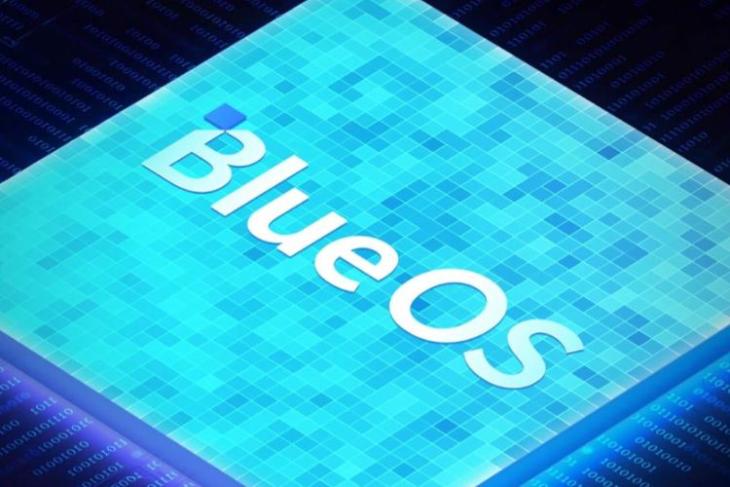After Xiaomis HyperOS, Vivo Introduces SelfDeveloped BlueOS

Looks like it's time for brands to create their own operating system! Xiaomi recently released HyperOS to replace MIUI, and Vivo is announcing its own BlueOS at the Vivo Developer Conference 2023. BluOS is primarily designed for smart wearables and smart home devices. See what we see?
Vivo BlueOS: Details
Vivo's BlueOS is based on the Rust language , which is an industry first. Although it is compatible with various standard Posix kernels, Linux kernels and RTOS kernels. The new operating system includes an AI service engine that is compatible with many leading AI models.
It is said to support AI-powered capabilities such as code generation, image and text generation, and more . Additionally, the new operating system is designed to provide a seamless user experience while protecting user privacy and security. The Rust language used in the platform is considered vulnerable to security issues. The operating system is reported to offer a 48% improvement in memory efficiency and a 67% reduction in memory consumption. BlueOS can support devices with processors from 200 MHz to 4 GHz with 32 MB RAM and 24 MB RAM.
Improved app opening, app switching, motion detection, sliders and loading time. BlueOS offers a new modern experience that allows you to change the clock using your voice. There is also BlueXLink support for multi-device connectivity for easy data transfer between different devices. Also, it supports features like transport cards, access cards and NFC car keys.
BlueOS will first launch on smartwatches, the first being the Vivo Watch 3, which is scheduled to launch in China on November 13. Whether it will be only for China remains to be seen! Stay tuned for more information!

